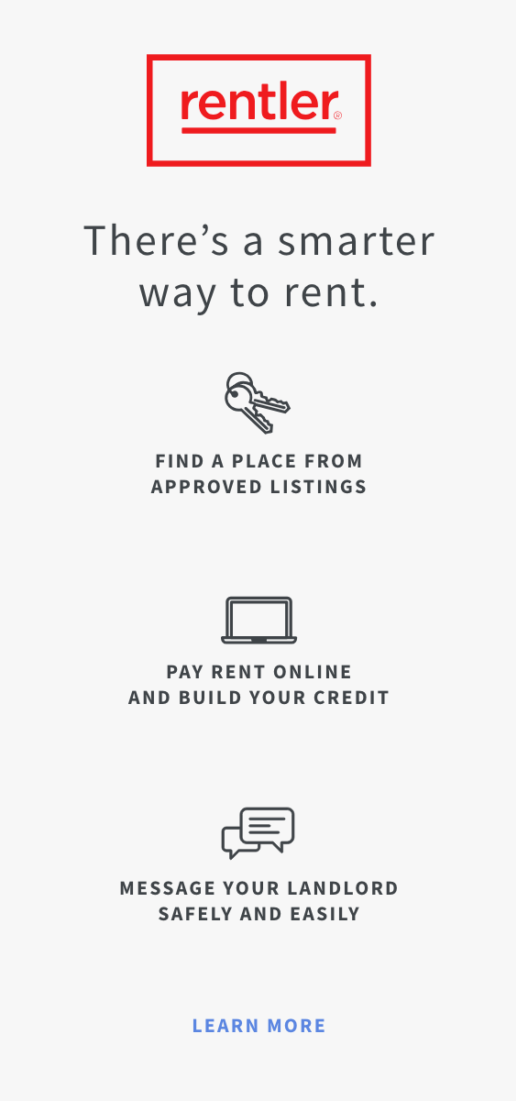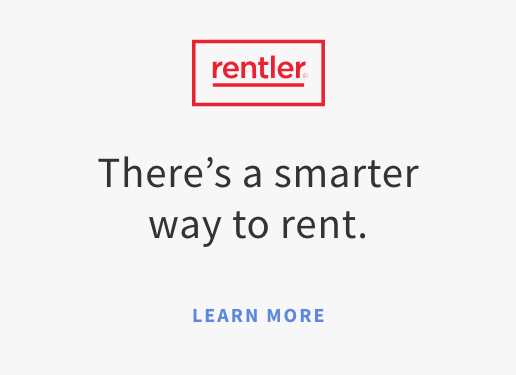Breaking down the latest housing news and eviction laws- with helpful resources included
The ongoing coronavirus crisis is still affecting industries and people worldwide, but recently the U.S. has passed several provisionary acts to eviction laws to lessen the negative impact of the pandemic. Along with financial support programs for the unemployed, the latest coronavirus relief bill has been passed to help vulnerable populations who are likely to face eviction in the first months of 2021.
The bill extends the national eviction moratorium until January 31, 2021, but one month obviously isn’t enough to stabilize the situation across the country. At this time, the tenants in the U.S. owe about $70 billion in back rent and millions of households are at risk of eviction.
In order to help those facing possible eviction, new legislation allows certain households to apply for emergency rental assistance. It applies to lower-income households (with less than 80% of median income in the area) and renters who have faced financial difficulties due to the COVID-19 pandemic.
The bill also helps landlords get financial support to cover property-related expenses due to tenants’ non-payment of rent amid the pandemic.
That way, if tenants are not sure what type of aid they can receive, landlords can apply for assistance from the local authorities on behalf of the renters. Or the renters can reach out to the city or state and receive assistance themselves.
Step one: Determine if you qualify
Fill out this form to make sure you meet all the requirements and to declare that you cannot pay rent due to COVID-19.
You must also certify that you are trying to make at least partial payments and are aware that you’ll need to provide all the rent payments owed as well as any fees and penalties once the temporary halt on eviction expires at the end of this month.
Even though you cannot pay rent at this time, you are obliged to follow other regulations specified in the lease agreement and housing laws of your state.
Step two: Apply for assistance
First, make sure you’ve received your stimulus check. Here’s the site to track the payments if you haven’t gotten it yet. Common delays are due to bank account and address changes.
Next, you can use this map to determine which programs have been created in your state and to get more information on how to apply. If you’re still unsure where to go to ask for help, the Department of Housing and Urban Development has tons of resources for renters. Here are a few more places with helpful information that you may want to check out:
- This site contains additional information about Economic Impact Payments, step-by-step instructions, and common questions.
- In case you’re facing eviction that will make you homeless, you should immediately apply for assistance (if you haven’t done it yet) and be well-informed of your rights. For that, get acquainted with the article on How to Apply for Rental Assistance.
- Here you can also get more information on the Bipartisan Relief Bill.
Step three: Talk to your landlord
Once you’ve declared that you can’t pay rent due to COVID-19 and have applied for financial aid, reach out to your landlord. Let them know what steps you’re taking and see if they are willing to set up an alternative method of payment (like paying in installments or allowing you to use a credit card to make online payments). If you are able to reach an agreement, make sure to get it in writing for future reference.
But it’s not possible to agree upon the proposed solution, you can still rely on financial aid or receive free legal support.
As an additional source of information about eviction laws, you may want to check out what is happening in each state in regards to eviction moratoriums. The list has been updated recently and can help you determine your rights if a landlord is threatening to begin the eviction process.




